Last Updated on March 26, 2023 by Lisa Vargas
I don’t know about you, but I’m always trying to find ways to be more self-sufficient. Growing your own food can be one of the most rewarding and smart things you can do along your prepping journey. But when it comes to choosing the crops for your survival garden, how do you choose the most nutrient-dense foods? What are the factors involved and how should you go about doing that if you have limited space? Let’s take a look at some of the factors that go into choosing the most nutrient-dense crops for your survival garden.
Understand the Concept of Nutrient Density in Crops
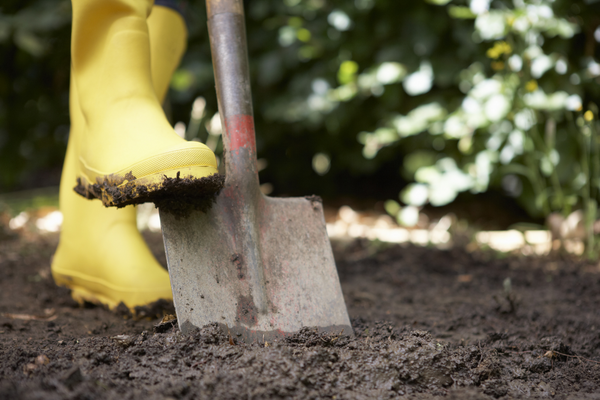
As a gardener, you want to get the most out of your crops. You want them to be healthy, delicious, and nutritious. Nutrient density is an important concept to understand when choosing crops for your garden. Nutrient density refers to the amount of nutrients, such as vitamins and minerals, per unit of food. The more nutrients a food contains, the more nutrient-dense it is.
Nutrient density is important because it allows you to maximize the nutritional value of the food you consume. When you eat nutrient-dense foods, you get more nutrients per calorie, which means you can eat less and still get the nutrients your body needs.
In addition to being good for your health, nutrient-dense foods can also be good for your wallet. By growing your own nutrient-dense crops, you can save money on groceries and reduce your dependence on store-bought produce, which may not be as fresh or nutrient-dense as homegrown produce.
So how do you choose the most nutrient-dense crops for your garden? It all starts with understanding which nutrients are important and which crops are high in those nutrients. In the next section, we’ll discuss how to choose crops that are high in vitamins and minerals.
Choose Crops That Are High in Vitamins and Minerals
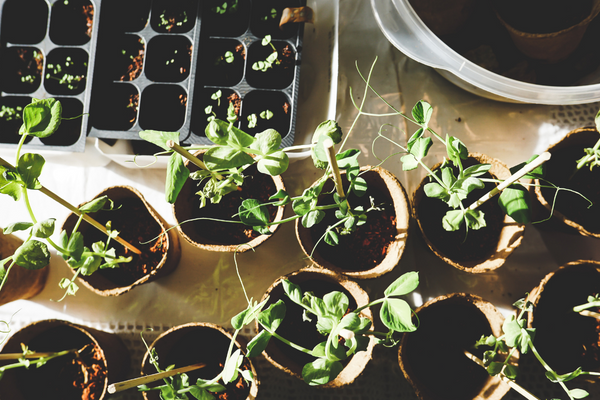
Vitamins and minerals are necessary nutrients for our bodies to function properly. They play critical roles in immune system maintenance, metabolism support, and promoting healthy growth and development.
When choosing crops for your garden, it’s important to choose those that are high in vitamins and minerals. Dark leafy greens like kale and spinach, cruciferous vegetables like broccoli and cauliflower, and root vegetables like sweet potatoes and carrots are among the most nutrient-dense crops.
Dark leafy greens contain high levels of vitamins A, C, and K, as well as folate and calcium. Broccoli and cauliflower are also high in vitamin C, vitamin K, and potassium. Beta-carotene, which the body converts to vitamin A, potassium, and fiber, is abundant in sweet potatoes and carrots.
Other crops that are high in vitamins and minerals include tomatoes, peppers, and citrus fruits. Tomatoes and peppers are rich in vitamin C, while citrus fruits are high in vitamin C as well as folate and potassium.
When choosing crops for your garden, try to include a variety of different fruits and vegetables to ensure that you’re getting a wide range of nutrients. You can also look for heirloom varieties, which often contain higher levels of nutrients than hybrid or genetically modified varieties.
Look for Crops That Are High in Antioxidants
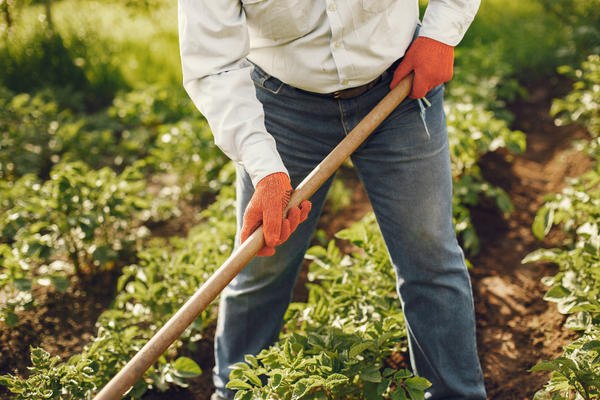
Antioxidants are compounds that help protect our cells from free radical damage, which is caused by unstable molecules that can harm our DNA and other cellular components. They play an important role in lowering the risk of chronic diseases like cancer, heart disease, and Alzheimer’s.
When choosing crops for your garden, it’s important to choose those that are high in antioxidants. Some of the most antioxidant-rich crops include berries, leafy greens, and cruciferous vegetables.
Berries, such as blueberries, strawberries, and raspberries, are particularly high in antioxidants, including anthocyanins, which give them their deep, rich colors. Leafy greens like kale and spinach are also high in antioxidants like vitamins A, C, and E, as well as flavonoids.
Cruciferous vegetables like broccoli and cabbage contain a variety of antioxidants, including vitamin C, carotenoids, and flavonoids.
Other crops that are high in antioxidants include tomatoes, peppers, and citrus fruits. Tomatoes and peppers are rich in lycopene, which is a potent antioxidant, while citrus fruits are high in vitamin C as well as flavonoids.
When choosing crops for your garden, try to include a variety of different antioxidant-rich fruits and vegetables to ensure that you’re getting a wide range of nutrients. You can also look for organic or locally grown produce, which may contain higher levels of antioxidants than conventionally grown produce.
Related Links: How To Build A Survival Garden
Select Crops That Are High in Fiber
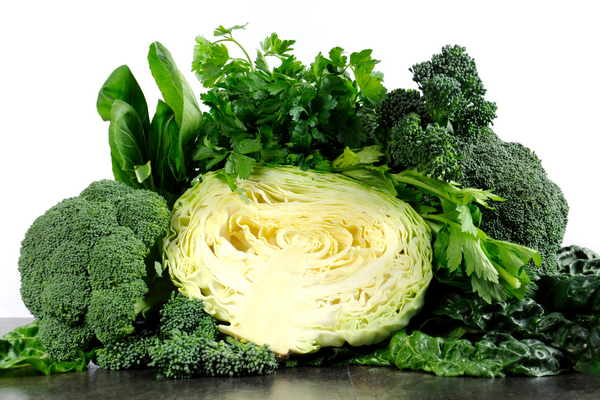
Fiber is an important nutrient that plays many roles in our health. It helps to promote healthy digestion, regulate blood sugar levels, and lower cholesterol levels. It also helps to keep us feeling full and satisfied, which can be helpful for weight management.
When choosing crops for your garden, it’s important to choose those that are high in fiber. Some of the most fiber-rich crops include legumes, whole grains, and vegetables like broccoli and Brussels sprouts.
Legumes, such as beans and lentils, are particularly high in fiber, as well as protein and other important nutrients. Whole grains, such as brown rice and quinoa, are also high in fiber and vitamins and minerals. Vegetables like broccoli and Brussels sprouts are high in both fiber and antioxidants, making them a great choice for overall health.
Fruits like apples and pears, as well as nuts and seeds like almonds and chia seeds, are also high in fiber.
When choosing crops for your garden, try to include a variety of different fiber-rich foods to ensure that you’re getting enough fiber in your diet. Experiment with various whole grains and legumes to find new and interesting ways to incorporate them into your meals.
Explore Crops That Are High in Healthy Fats
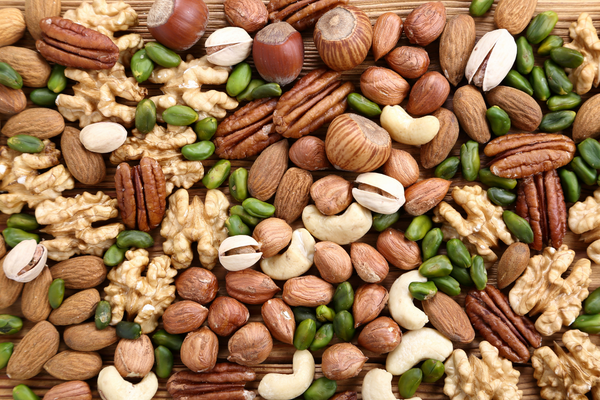
Healthy fats are an important nutrient that our bodies need for many functions, including brain development, hormone regulation, and nutrient absorption. They also play a role in reducing inflammation and promoting heart health.
When choosing crops for your garden, it’s important to explore those that are high in healthy fats. Some of the most healthy fat-rich crops include nuts, seeds, and avocados.
Nuts, such as almonds, walnuts, and cashews, are particularly high in healthy fats, as well as protein and other important nutrients. Seeds like chia seeds and flaxseeds are also good sources of healthy fats, as well as fiber and minerals. Avocados are a unique fruit that are rich in monounsaturated fats, which are a type of healthy fat that can help to reduce inflammation and improve heart health.
When choosing crops for your garden, try to include a variety of different healthy fat-rich foods to ensure that you’re getting enough healthy fats in your diet. You can also experiment with different cooking methods and recipes to find new and interesting ways to incorporate these foods into your meals.
Plan a Diverse Garden to Maximize Nutrient Density
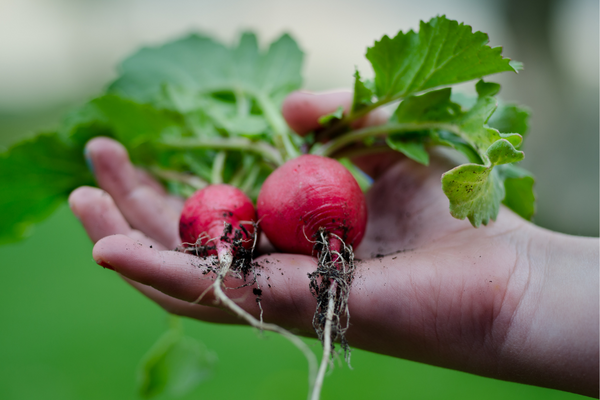
Now that you understand the importance of nutrient density and have some ideas for specific crops to grow, it’s important to plan your garden in a way that maximizes nutrient density.
One key strategy is to plant a diverse range of crops. By planting a variety of fruits and vegetables, you can ensure that you’re getting a wide range of nutrients in your diet. It can also help to ensure that you always have something fresh and healthy to eat.
Another strategy is to plan your garden in a way that takes advantage of the natural growing seasons. By choosing crops that grow well in your climate and planting them at the right time, you can maximize the nutrient density of your crops. For example, leafy greens like spinach and kale tend to grow better in cooler weather, while crops like tomatoes and peppers do better in warmer weather.
You can also consider incorporating companion planting into your garden plan. Companion planting involves planting certain crops together that benefit each other in some way. For example, planting beans and peas with corn can help to improve soil fertility and reduce pests, while planting basil with tomatoes can help to repel pests and improve flavor.
Finally, it’s important to make sure that your garden soil is healthy and nutrient-rich. You can do this by adding compost or other organic matter to your soil, testing your soil pH, and making sure that your plants are getting enough water and nutrients.
By planning a diverse garden and taking steps to maximize nutrient density, you can grow a variety of delicious and nutritious crops that will help to support your overall health and well-being.
